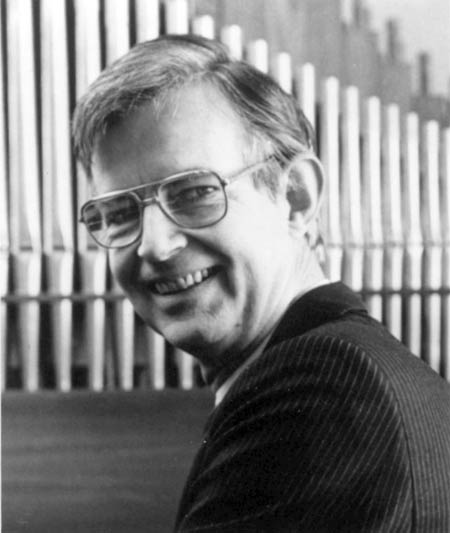by Jarrett Hoffman

•Today: Tubist Cristina Cutts (pictured) at the Cleveland Trombone Seminar
•Announcements: Heights Arts seeks ensembles for 2025 programming, Cuyahoga Arts & Culture seeks panelists for grant review, and a deadline for grant eligibility check from CAC
•Interesting read: Magic Flute meets silent film
•Almanac: Daniel Pinkham
HAPPENING TODAY:
Phoenix Symphony tubist Cristina Cutts is the featured recitalist today at the Cleveland Trombone Seminar. Cutts will be joined by pianist Joanna Huang in music by Thomas Stevens, J.S. Bach, Alexey Lebedev, Jan Krzywick, Florence Price, and Robert Schumann at 5:30 pm in Drinko Recital Hall at Cleveland State University. Click here for ticket information.
ANNOUNCEMENTS:
Heights Arts invites professional ensembles of 2-6 players, in any genre, to apply by June 15 to participate in the organization’s 2025 programming. Selected musicians will perform in gallery concerts or in the ARTbar series. More information here.
Cuyahoga Arts & Culture is seeking panelists to review applications for 2025 grants, a process that will take place online in September. Click here to learn more and apply — the deadline is June 9. And for those applying to grants, a reminder that the Eligibility Check for 2025 Project Support funding is due by June 6 at 4:30 pm. Find out more here.
INTERESTING READ:
Two of the most recent reviews at ClevelandClassical.com focused on Mozart’s The Magic Flute and music for silent film. And over at San Francisco Opera, those two topics were combined when the company opened its 2024 summer season. As Steven Winn writes for San Francisco Classical Voice,
“First mounted in Berlin in 2012 and revived widely around the world, Barrie Kosky and Suzanne Andrade’s richly imagined production filters The Magic Flute through the visual lens of 1920s-era silent film. From start to finish of the two-hour-and-45-minute evening, animated imagery (designed by Paul Barritt) pours and pulses across a movie-screen set, complete with stuttery film-stock light, period-look title cards, and a few swatches of tinkly movie-house fortepiano accompaniment (Bryndon Hassman performing excepts from Mozart fantasias).”
Read the review here.
TODAY’S ALMANAC:
by Daniel Hathaway

On the 5th, Boston composer Daniel Pinkham (pictured) was born in Lynn, Massachusetts in 1923, Argentine pianist Martha Argerich made her natal debut in Buenos Aires in 1941, and American conductor Victoria Bond arrived in Los Angeles in 1945. Death notices on June 5 included Elizabethan composer Orlando Gibbons in Canterbury in 1625, and composer Carl Maria von Weber in London in 1826 (unexpectedly, at the age of 39, in the home of Sir George Smart).
Pinkham was a prolific composer with a specialty in religious music and a lively interest in early music — he served as the longtime music director of King’s Chapel in Boston, a parish famous for making the transition from Anglican to Unitarian at the time of the American Revolution merely by crossing out all Trinitarian references and continuing to use the Book of Common Prayer.
He founded a well-respected Sunday evening concert series there while serving on the faculties of most of Boston’s institutions of higher education. His cantatas have been favorites of college choruses — like the Wedding Cantata, sung here by the Texas A&M U-Commerce Chorale. His music deserves to be performed and enjoyed more often beyond the borders of New England, where he was very much a local hero.
“In this Musical Moment on YouTube, VocalEssence artistic director and founder Philip Brunelle shares insider information and beautiful music by the composer Daniel Pinkham.”

